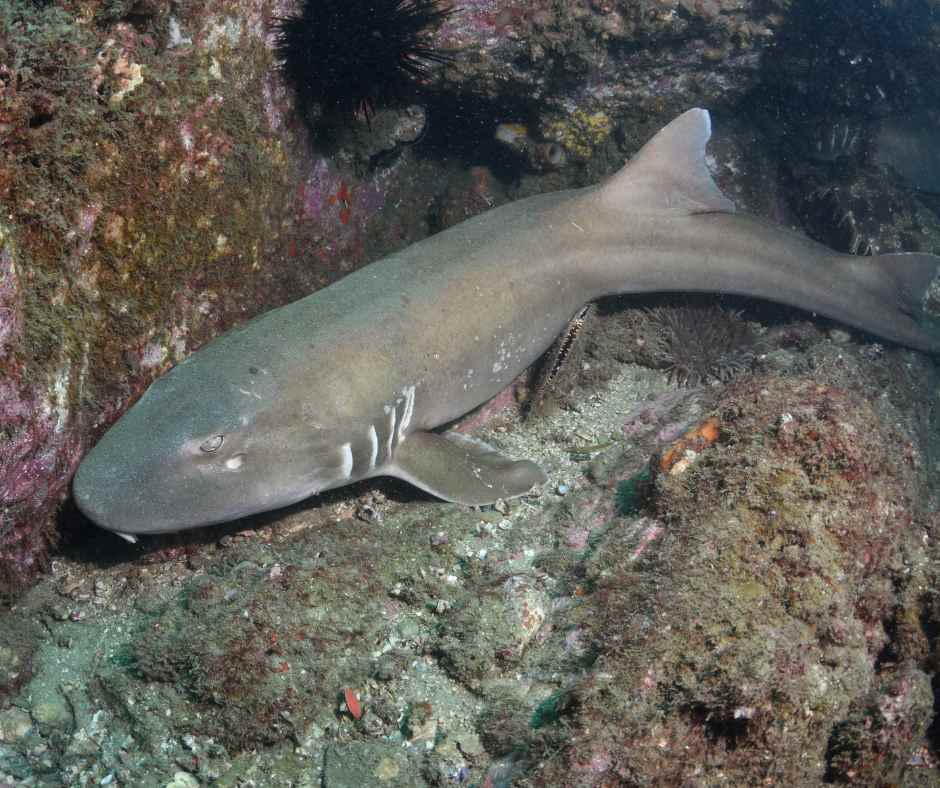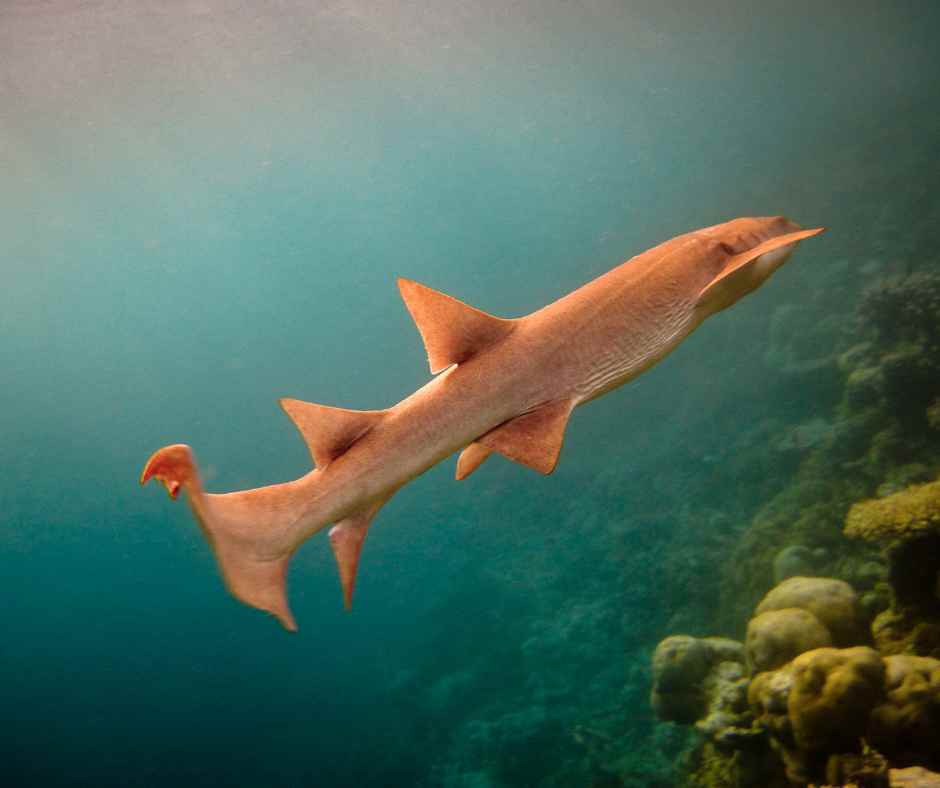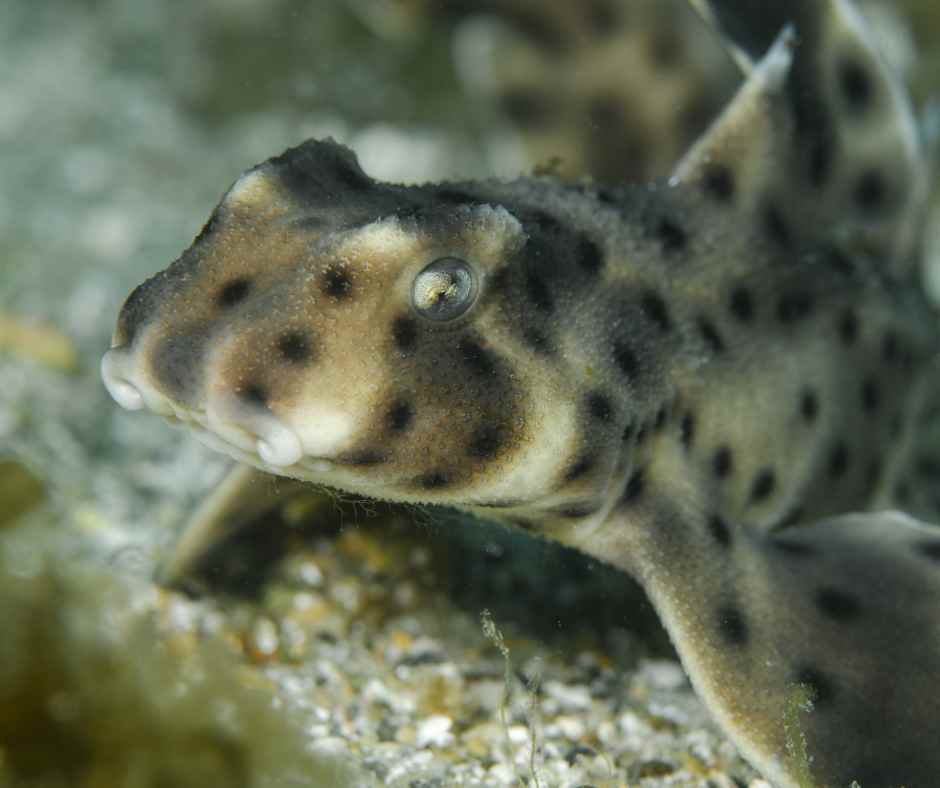Sharks might be the most feared creatures in the sea. It is not a coincidence that they are typically shown as villains in blockbuster films related to aquatic environments. We cannot blame the directors for this negative portrayal of sharks, as they may terrify anyone.

Surprisingly, sharks have lived on Earth for millions of years. Evidence suggests that shark-like creatures even existed 520-450 million years ago. At that time, land vertebrates (all mammals and birds) did not even exist. Thus, we can say that sharks are older than humans. It sounds interesting that human beings have conquered the world for the last few centuries, but they are not here since a long time.
Despite being newer inhabitants of Earth, humans have managed to control all the animals. Sharks are not just living in water; they also live under humans. If confronted with this news, our ancestors might have gotten surprised by it.
Shark as Pets
First, it is uncommon for humans to keep sharks as pets. Sharks are large, predatory animals that require a significant amount of space and specialized care, making them difficult to keep in a domestic setting. Additionally, many sharks are protected by law and cannot be kept in captivity without a permit. However, there are some species of small sharks, such as the horn shark, that can be kept in home aquariums.
Keeping a shark as a pet requires significant time, money, and knowledge. The tank must be large enough to accommodate the shark, and the water must be kept at the correct temperature and salinity. Additionally, the shark must be fed a varied diet of live or frozen food. These conditions are necessary to follow to develop an appropriate environment.
It is essential to consider the ethical and practical implications of keeping a shark as a pet before deciding to do so. Additionally, it is vital to research the specific needs of the species you are considering and to ensure that you can provide for those needs.
There are a few species of small sharks that can potentially be kept in home aquariums, but it is important to note that keeping a shark in captivity is challenging and requires a significant investment of time, money, and knowledge. Nevertheless, here are a few examples of species that can be kept in home aquariums:
Horn shark (Heterodontidae):
These small sharks, which can grow up to 3 feet in length, are native to the eastern Pacific Ocean. They are generally docile and hardy, which makes them a good choice for home aquariums. In addition, they have specialized teeth for crushing the shells of crustaceans and mollusks, which make up their natural diet.
Bamboo shark (Chiloscyllium spp.):
These small sharks, which can grow up to 4 feet in length, are native to the Indo-Pacific region. They are nocturnal animals that are generally peaceful and can be kept with other fish. They feed mainly on crustaceans, worms, and small fish.
Epaulette shark (Hemiscyllium ocellatum):
These small sharks, which can grow up to 3 feet in length, are native to the Great Barrier Reef. They can survive in low-oxygen environments, which makes them a good choice for home aquariums. These are generally peaceful and can be kept with other fish. They feed mainly on crustaceans, worms, and small fish.
Nurse shark (Ginglymostoma spp.)

These sharks can grow up to 14ft and are native to tropical and subtropical waters. They are generally docile and hardy, which makes them a good choice for home aquariums. They are nocturnal animals that feed mainly on crustaceans, mollusks, and fish.
What are Some Myths Associated with Sharks?
There are multiple myths associated with sharks. The following are some of the myths that people tend to link with sharks:
Myth 1: Sharks are mindless eating machines.
In reality, sharks are knowledgeable and have complex social behaviors. For example, many species of sharks have been observed engaging in cooperative hunting and exhibiting problem-solving abilities.
Myth 2: Sharks are aggressive and will attack humans.
While some sharks can be dangerous to humans, most shark attacks result from mistaken identity. Sharks are typically cautious around humans and usually avoid contact if given the opportunity. Other aquatic animals are more dangerous than sharks.
Myth 3: Sharks are invincible.
Sharks are vulnerable to many threats. Some of these threats may include the following:
- Overfishing
- Habitat Loss
- Pollution
- Climate Change
What Are Some Lesser-Known facts about Sharks?
Sharks are not fast swimmers
Not all sharks are fast swimmers; some species, like the basking shark and whale shark, are filter feeders and swim slowly, filtering large amounts of water for plankton.
Sharks can change colors
Some species of sharks can change color to blend in with their surroundings. For example, the leopard shark changes color in response to different lighting conditions.
Sharks can live for a long time
Some species of sharks can live for several decades. For example, the Greenland shark can live for up to 400 years, making it one of the longest-lived vertebrates on earth. Sharks have a keen sense of smell: Sharks have an acute sense of smell, which they use to locate prey. Some sharks can detect a single drop of blood in an Olympic-sized swimming pool.
Sharks can sense electricity
Many sharks have specialized receptors called the lateral line, which allows them to sense the electrical fields generated by other animals. This helps them to locate prey, even in dark or murky waters.
What Do Sharks eat?
Carnivorous sharks
These sharks primarily eat fish and marine mammals, such as seals, sea lions, and dolphins. For example, the great white shark, tiger shark, and bull shark are all known to eat marine mammals. These sharks are apex predators, and their diet includes other sharks, rays, and even turtles.
Planktivorous sharks
These sharks are filter feeders and primarily eat plankton. These sharks are the whale shark and the basking shark. These species are typically large and have a wide mouth, allowing them to filter large amounts of water for plankton.
Piscivorous sharks
These sharks primarily eat fish, including small sharks, skates, and rays. For example, the Mako and Thresher sharks are piscivorous.
Omnivorous Sharks:
These sharks eat a wide variety of prey, including fish, marine mammals, crustaceans, and even carrion. For example, the sand tiger shark and the nurse shark are known to eat a wide variety of prey.
It is important to note that a shark’s diet depends on the species and the environment in which it lives; some sharks may also change their diet depending on food availability and age. Furthermore, sharks are not as safe today as they were in the past. Therefore, they have developed their dietary habits in the last few decades.
What Sharks Can You Keep as a Pet?

Keeping sharks as pets is not recommended due to the fact that they are large, potentially dangerous animals that require specialized care and equipment. They also require a large amount of space, which most people do not have in their homes.
Additionally, many shark species are considered endangered, and catching or keeping them in captivity is illegal. However, if someone is determined to keep a shark as a pet, some species are more suitable than others. Some of the more popular species kept as pets include
- Bamboo shark
- Horn shark
- Nurse shark
- Epaulette shark
What do Pet Sharks Eat?
Keeping sharks as pets is not recommended because they are large, potentially dangerous animals that require specialized care and equipment. They also require a large amount of space, which most people do not have in their homes.
Additionally, many shark species are endangered, and catching or keeping them in captivity is illegal. However, if someone is determined to keep a shark as a pet, some species are more suitable than others. Some of the more popular species kept as pets include:
Bamboo shark
These sharks are relatively small, reaching a maximum length of around 4 feet. They are also relatively docile and have a diet that consists mainly of small crustaceans and fish.
Horn shark
They are also known as the bullhead shark. These sharks are relatively small and have a specialized diet that consists mainly of crustaceans and mollusks. They are relatively docile and can be kept in a relatively small tank.
Nurse shark
These sharks are relatively large, reaching a maximum length of around 14 feet. They are fairly docile and have a diet that consists mainly of crustaceans and fish.
The epaulette shark
It is a small shark that can adapt to life in captivity. They can reach a maximum length of around 4 feet, and it’s relatively docile.
Conclusion
Sharks are apex predators that play a vital role in maintaining the balance of ocean ecosystems. Their diet varies depending on the species but generally consists of fish, crustaceans, and marine mammals. Sharks are opportunistic feeders, consuming whatever prey is available to them. However, overfishing and habitat loss have led to a decline in shark populations, which can negatively impact the ocean’s food web.
Sharks are not as dominating a species as they were centuries ago. Numerous issues contributed to the downfall of this mighty fish. Their significance within the aquatic world can never be neglected. We will not recommend you put them in your homes as they can be terrifying for you and your family.
However, we will only suggest you pet Sharks only if you have an adequate-sized aquarium available. You should prioritize your safety and convenience over everything else. Adopt a shark only if it doesn’t cause you any inconvenience and if it doesn’t put anyone’s life in danger.
Also Read,
Do Sharks Have Scales? Yes | Know Interesting Applications – Petyfied
